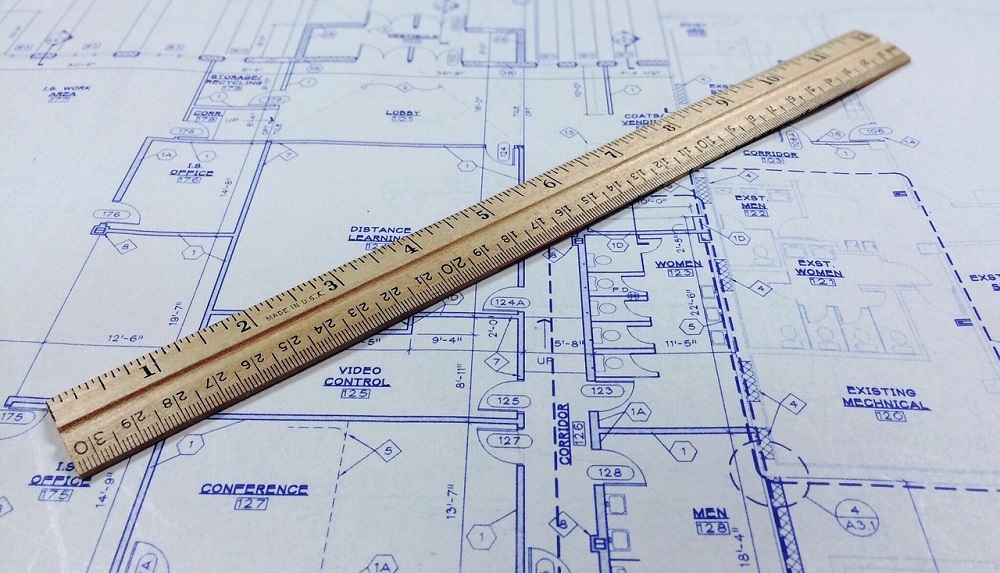This is a pretty good time to be an architect or engineer fresh out of school.
A WalletHub study of the best entry-level jobs found that engineers rank first and architects rank 10th out of a group of 109 professions.
Also on the list are electrical engineer (sixth), industrial designer (36th), interior designer (40th), mechanical engineer (41st), and civil engineer (66th).
The results were determined by examining three dimensions: immediate opportunity, growth potential, and job hazards. The categories had 11 total metrics with a score from 1 to 100. The scores were averaged and weighted, and then combined into one total score.
Engineer was pushed toward the top because of the demand (it ranked first in job openings and fifth in immediate opportunity), and architect was found to be a job with favorable immediate opportunity and job growth potential.
ArchDaily’s Vladimir Gintoff provided some context for the architects’ score. “The study doesn’t appear to consider the debt that many architects graduate with, and it also doesn’t specify where this study was conducted," he wrote. "Also, though many of the top professions could be based in cities, architecture firms seem to hold affinities to urban environments above other careers, adding cost-of-living as a potential gouge to earnings. Nonetheless, the information should be reassuring to those deciding if they would like to pursue a career in architecture and also to the long term viability for the profession.”
Towards the bottom of the list are the tradespeople: electrician (74th), machinist (101st), carpenter (105th), and welder (109th, last). The low scores were largely due to the job hazards associated with them.
Related Stories
| Mar 6, 2012
Joliet Junior College achieves LEED Gold
With construction managed by Gilbane Building Company, Joliet Junior College’s Facility Services Building combines high-performance technologies with sustainable materials to meet aggressive energy efficiency goals.
| Mar 5, 2012
Tishman constructing new courthouse in Philadelphia
Construction is underway for the Pennsylvania Department of General Services’ 510,000-sf facility.
| Mar 5, 2012
Perkins Eastman pegs O’Donnell to lead K-12 practice
O’Donnell will continue the leadership and tradition of creative design established by firm Chairman and CEO Bradford Perkins FAIA, MRAIC, AICP in leading this market sector across the firm’s 13 offices domestically and internationally.
| Mar 5, 2012
Moody+Nolan designs sustainable fire station in Cincinnati
Cincinnati fire station achieves LEED Gold certification.
| Mar 5, 2012
Gilbane Building Co. wins top honors at ASA Houston awards ceremony
Gilbane was also named General Contractor of the Year for the seventh time in 11 years and won the inaugural Safety Program of the Year award.
| Mar 5, 2012
Franklin Institute in Philadelphia selects Skanska to construct new pavilion
The building has been designed by SaylorGregg Architects and will apply for LEED Silver certification.
| Mar 2, 2012
By the Numbers
66 skyscrapers to built in China over six years; 1,000 questions in the Modern Architecture game; 21,000 new jobs.
| Mar 1, 2012
Intelligent construction photography, not just pretty pictures
Our expert tells how to organize construction progress photos so you don’t lose track of all the valuable information they contain.
| Mar 1, 2012
AIA: A clear difference, new developments in load-bearing glass
Earn 1.0 AIA/CES learning units by studying this article and successfully completing the online exam.
















